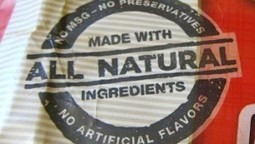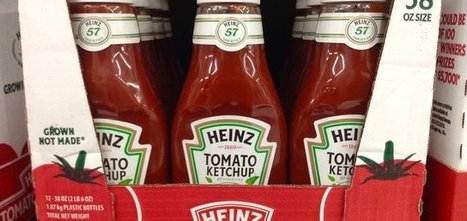Harry Brignull, a user-experience consultant in Britain who helps websites and apps develop consumer-friendly features, has a professional bone to pick with sites that seem to maneuver people into signing up for services they might not actually want.
He even has a name for the exploitative techniques: “dark patterns.” To him, these are debased versions of the typical sign-up, sharing, shopping, checkout and download processes that are standard practice online.
“It’s a term for patterns that are manipulative, that you are doing on purpose to get one over on users,” Mr. Brignull said when I recently called him.
A few years ago, Mr. Brignull started a site called darkpatterns.org to call attention to the practices....
Research and publish the best content.
Get Started for FREE
Sign up with Facebook Sign up with X
I don't have a Facebook or a X account
Already have an account: Login
Social marketing, PR insight & thought leadership - from The PR Coach
Curated by
Jeff Domansky
 Your new post is loading... Your new post is loading...
 Your new post is loading... Your new post is loading...
|
|















Dark patterns, manipulations, evil design and other bad online marketing tactics. A The New York Times must-read for marketers and PR pros. 9/10